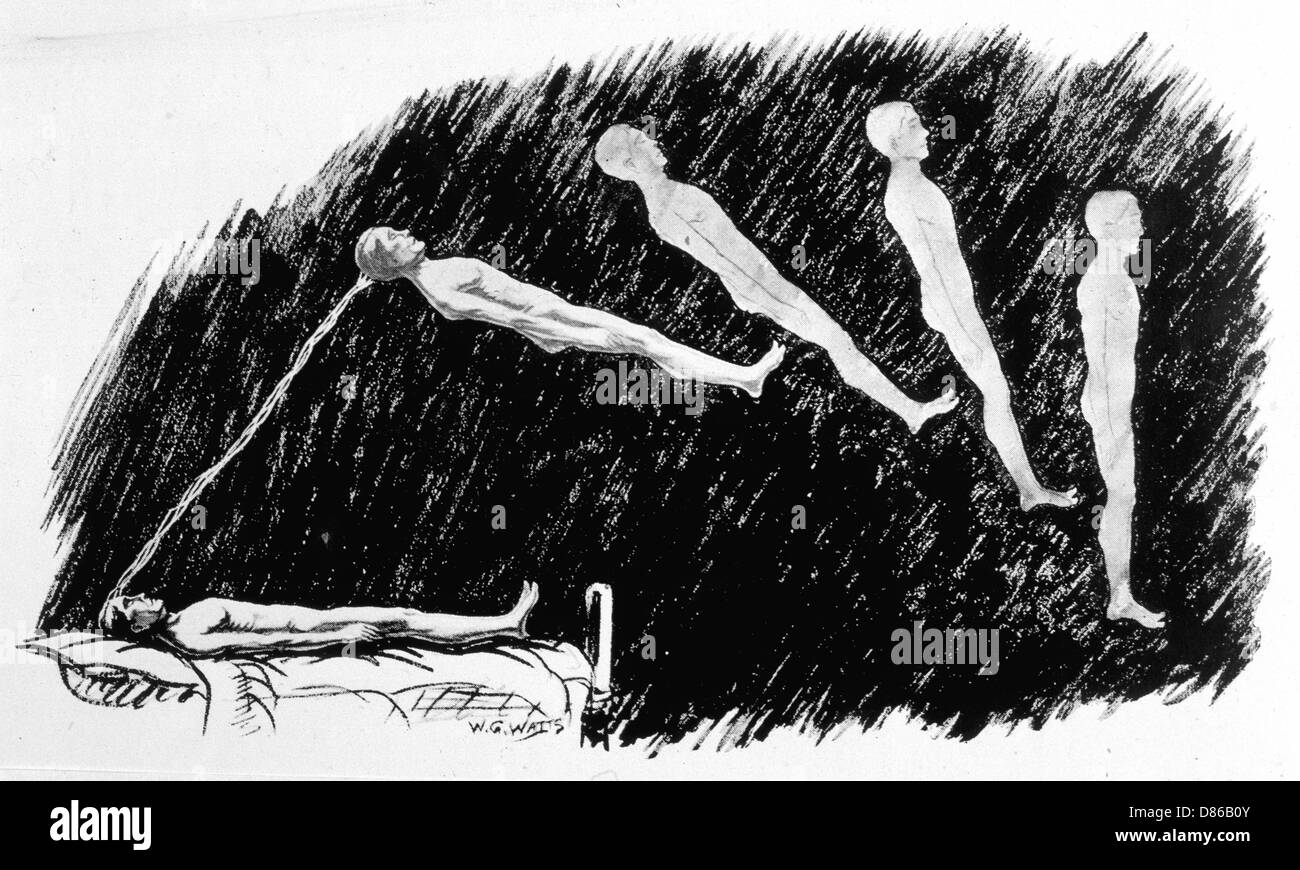
The underlying gray shading represents the density of stars in the galaxy's disk.įinally, van der Marel and four colleagues simulated the possible outcomes when these titans of the Local Group finally meet. Three small boxes denote locations targeted by astronomers to determine the proper motion (lateral movement) of the Andromeda Galaxy. In the second paper, a team led by Roeland van der Marel (also at STScI) modeled the total mass of the Local Group, to see what other gravitational influences might be in play. The average of these turns out to be about 125 miles (200 km) per second. First, a trio led by Sangmo Tony Sohn (Space Telescope Science Institute) used dedicated HST observations over several years to measure proper motions in three locations within M31.

#Hecta head milky way series
Yet this amount of proper motion corresponds to a positional change of just 27 millionths of an arcsecond per year - far beyond the ability of ground-based telescope's to measure, even over decades-long baselines.ĭifficult - but not impossible - for the Hubble Space Telescope and the unprecedented positional precision made possible by its latest-generation instruments.Ī series of three papers, submitted to the Astrophysical Journal last week, reveals how astronomers finally puzzled it all out. A lateral shift of 60 miles (100 km) per second one way or the other makes all the difference between a near miss, glancing blow, or head-on collision. So is the Andromeda Galaxy destined to collide with the Milky Way? No one could say for sure because the answer depended on side-to-side movement across the sky, what astronomers term proper motion. I liken the large trio as "anchor stores" in a medium-size intergalactic mall. That's because both of these massive spiral systems are members of the Local Group, a gravitationally bound collection of three biggies (these two and M33), along with about 50 much smaller dwarf galaxies that include the two Magellanic Clouds.


Mellingerīut it turns out that these skirmishes are merely warm-ups for the upcoming main event: a head-on collision of the Milky Way with the equally massive Andromeda Galaxy (Messier 31) in about 4 billion years.Īstronomers have long known that M31 is relatively nearby, just 2½ million light-years distant, and moving toward us at about 250,000 miles (400,000 km) per hour. Some 4¾ billion years from now, the Andromeda Galaxy (M31) will loom large in the night sky as its fateful collision with our Milky Way nears.


 0 kommentar(er)
0 kommentar(er)
